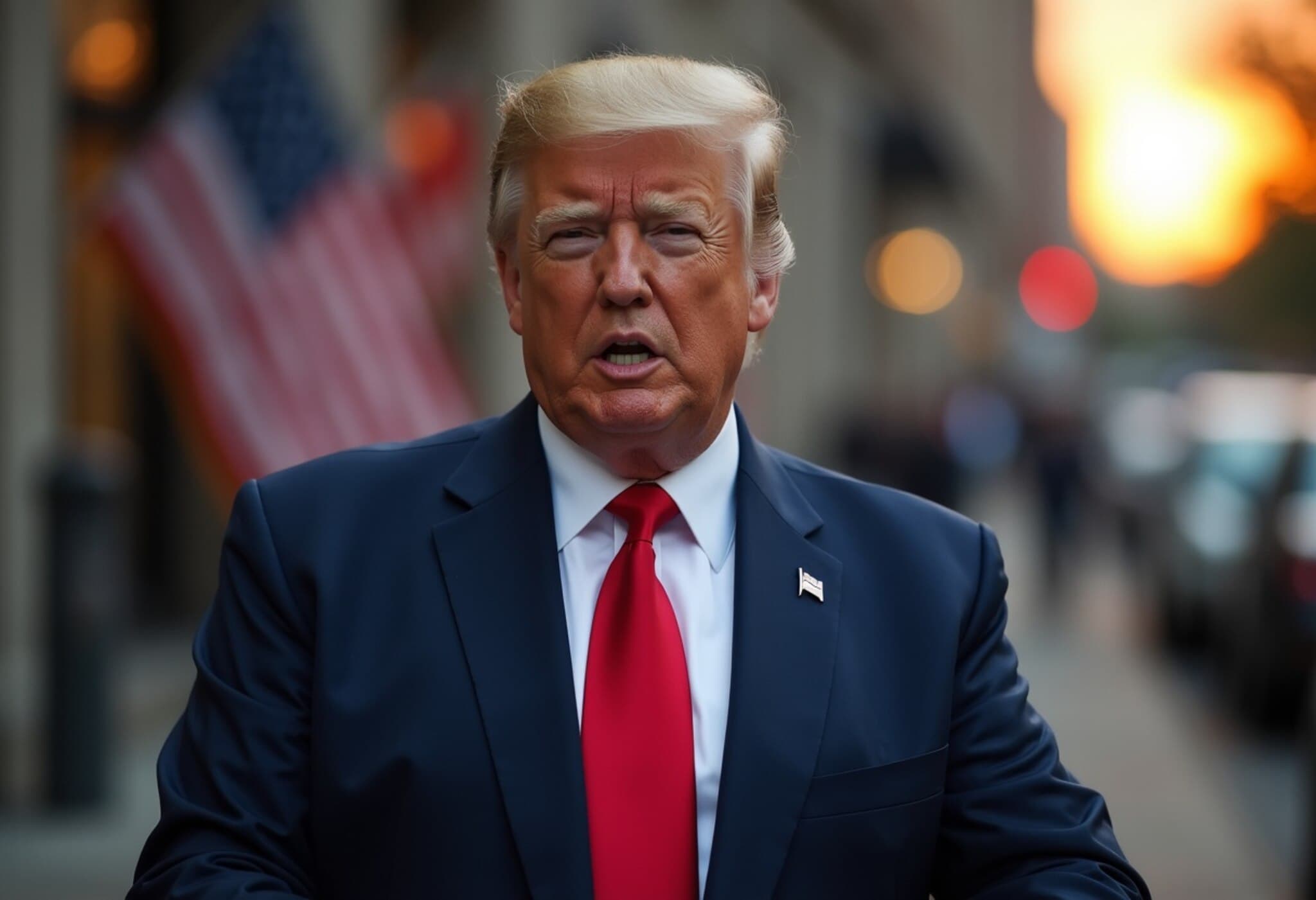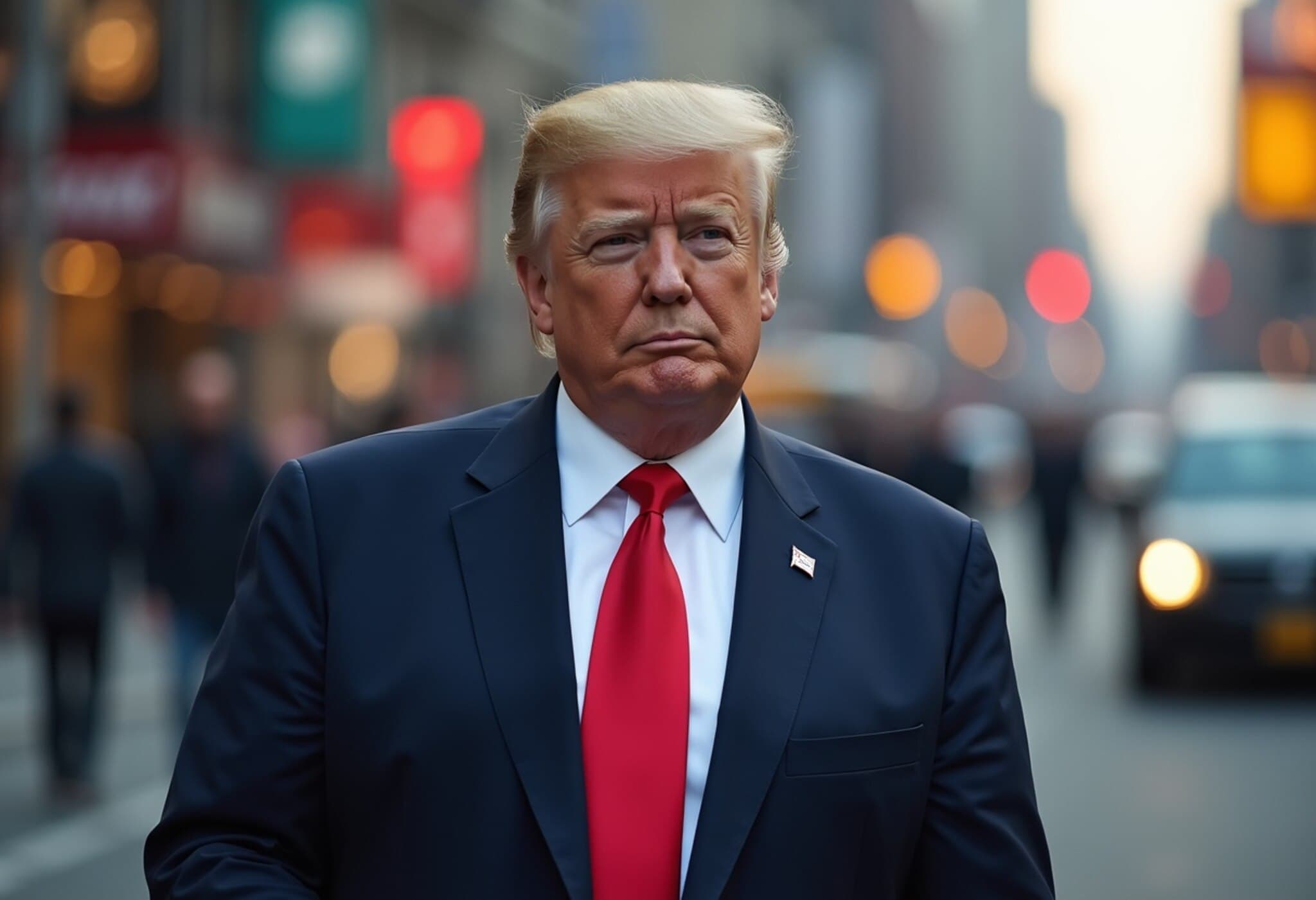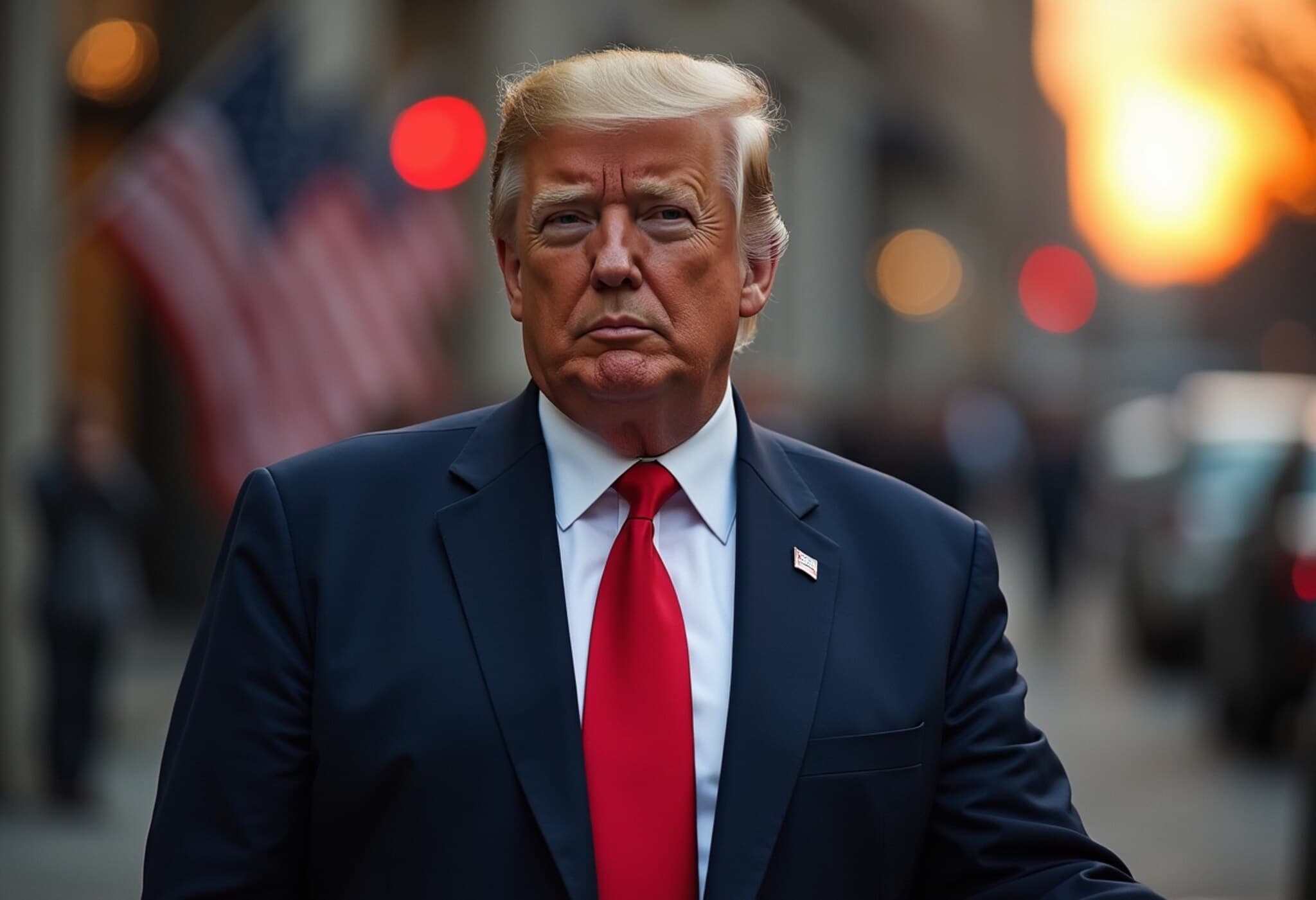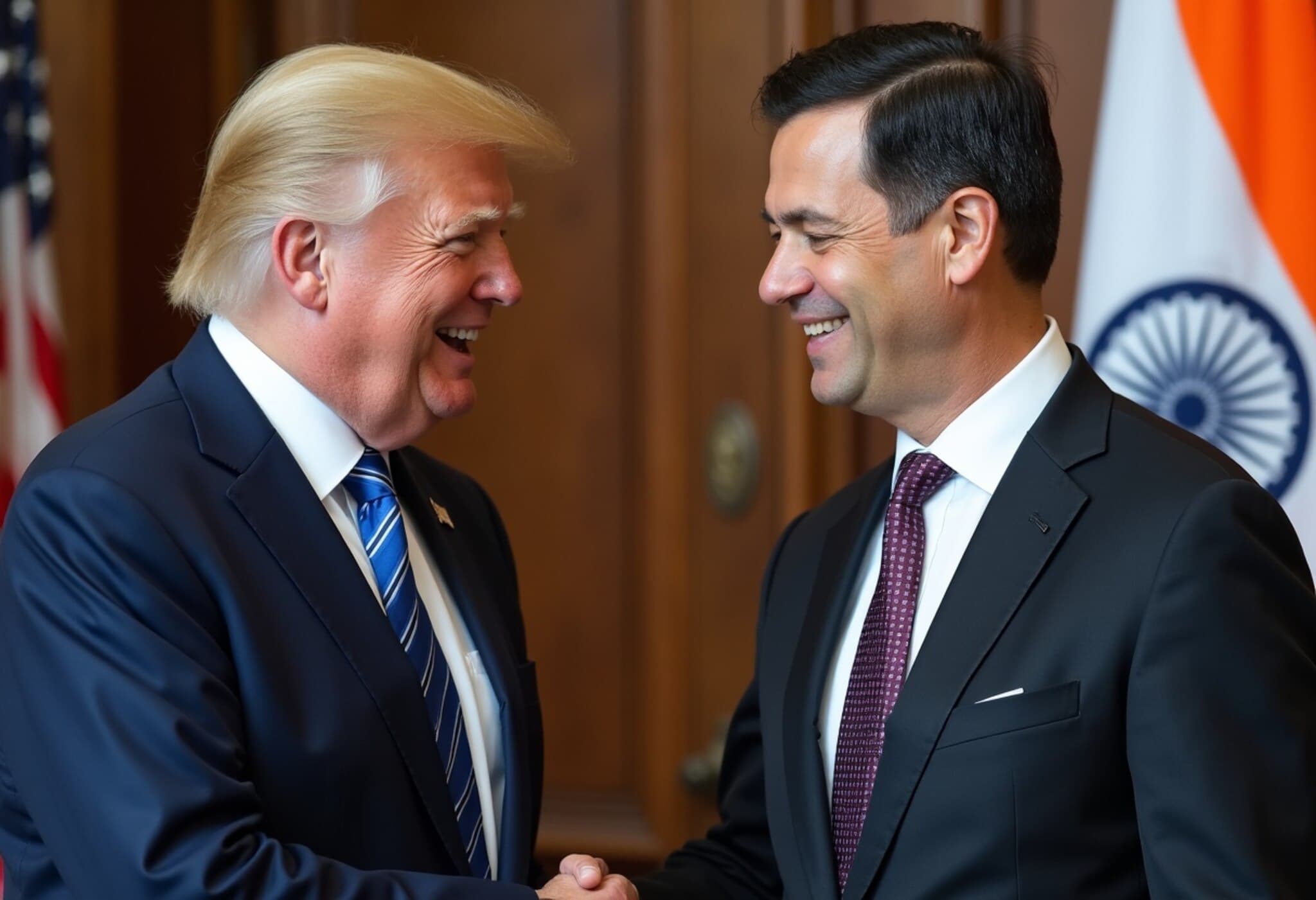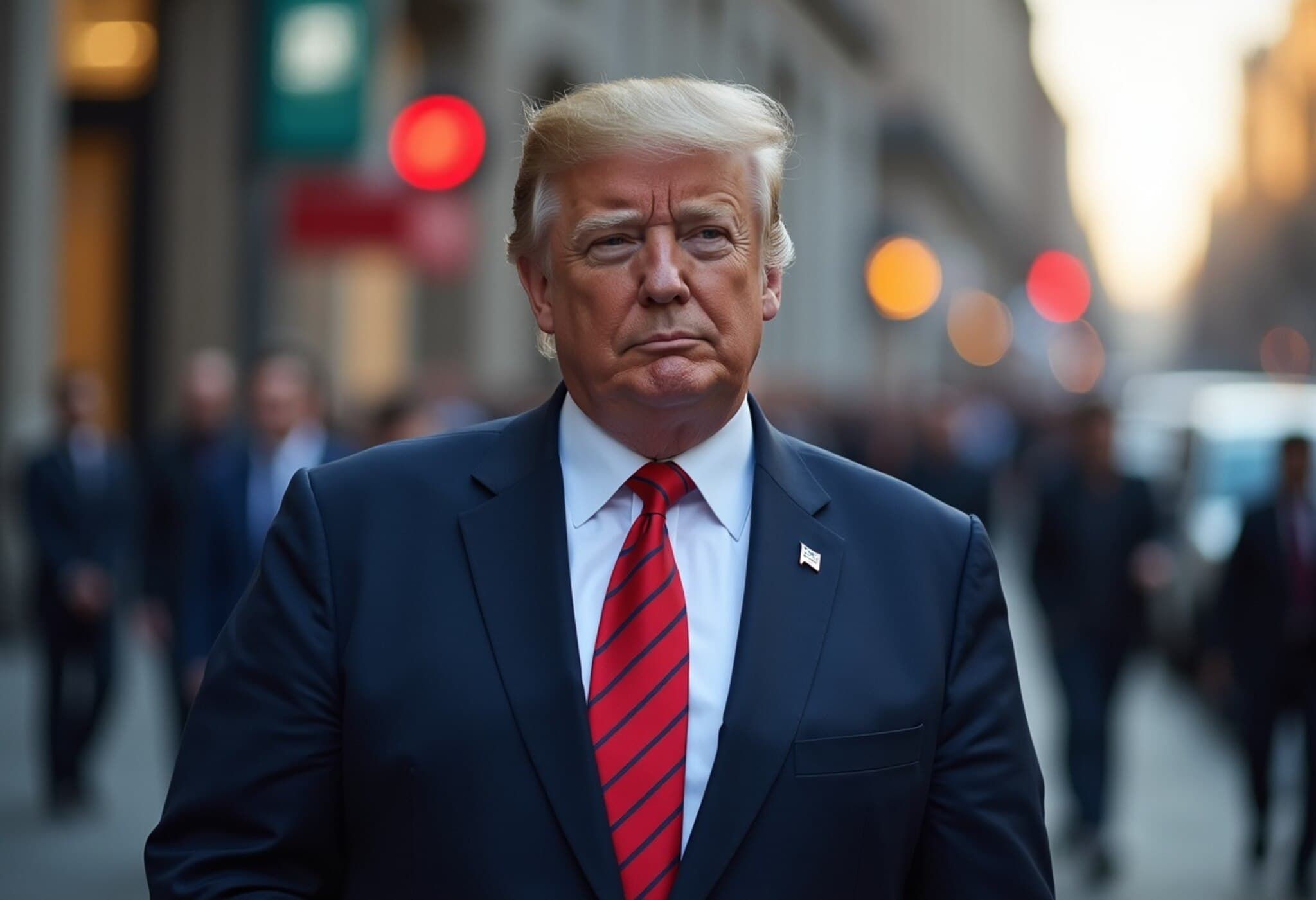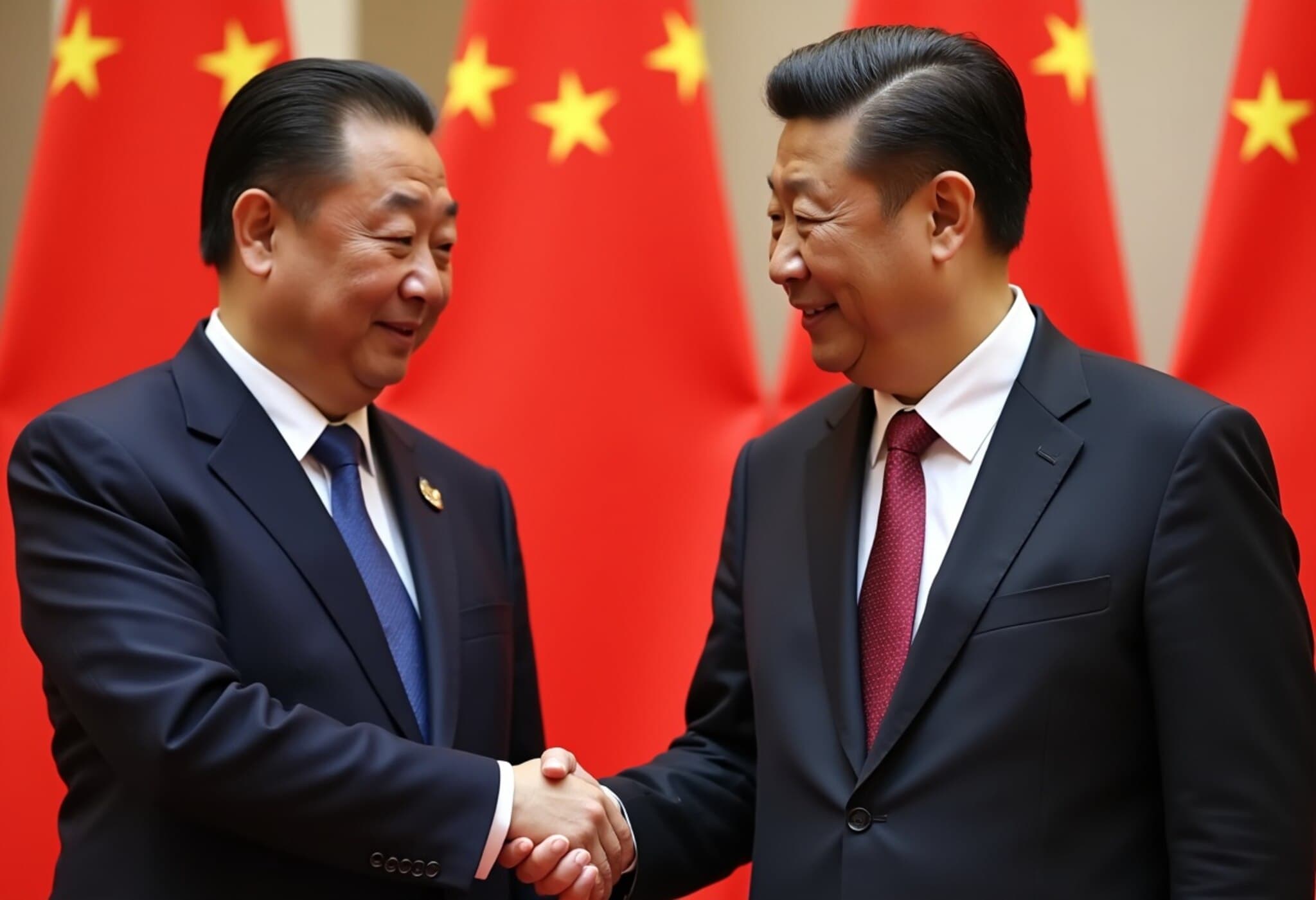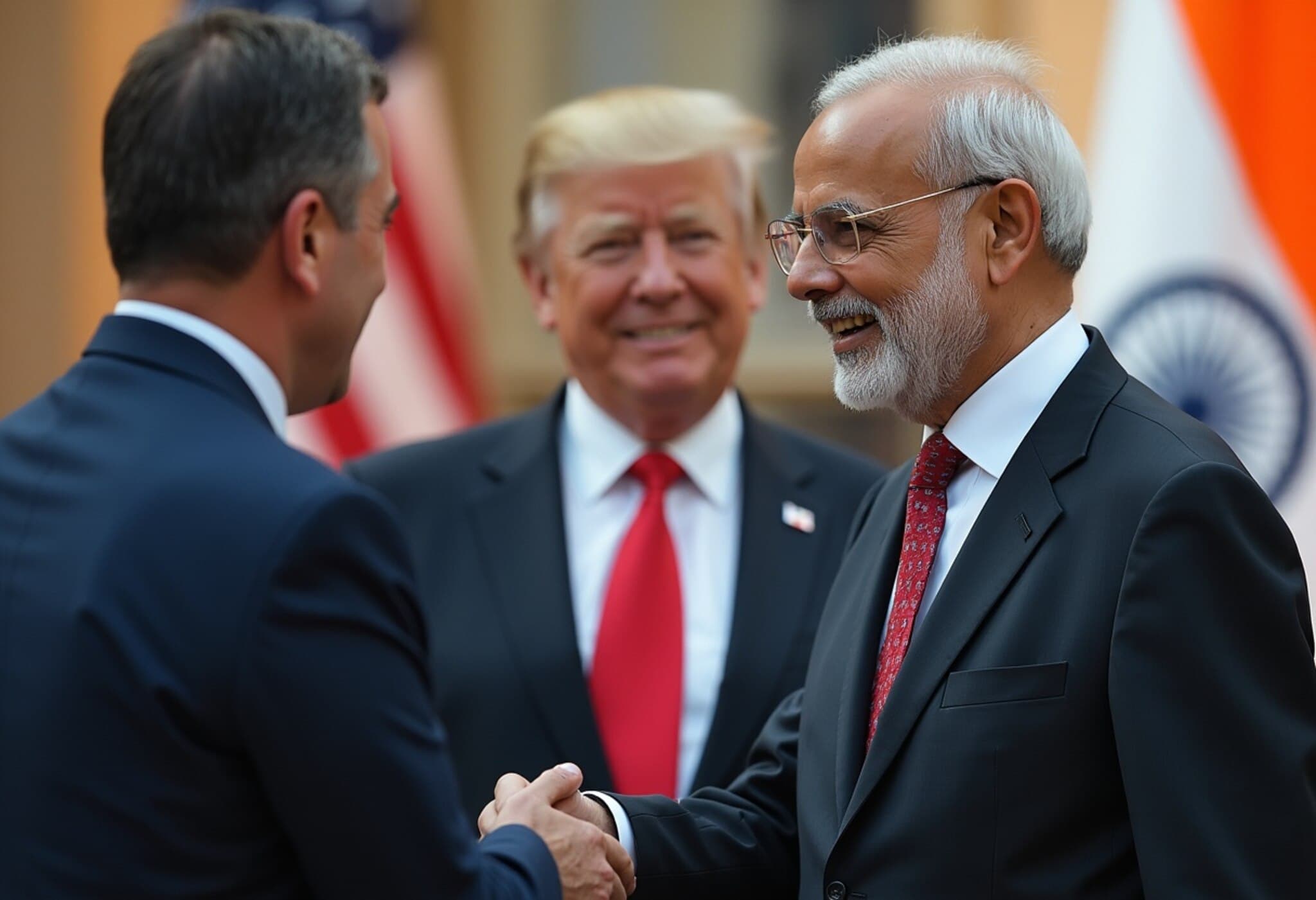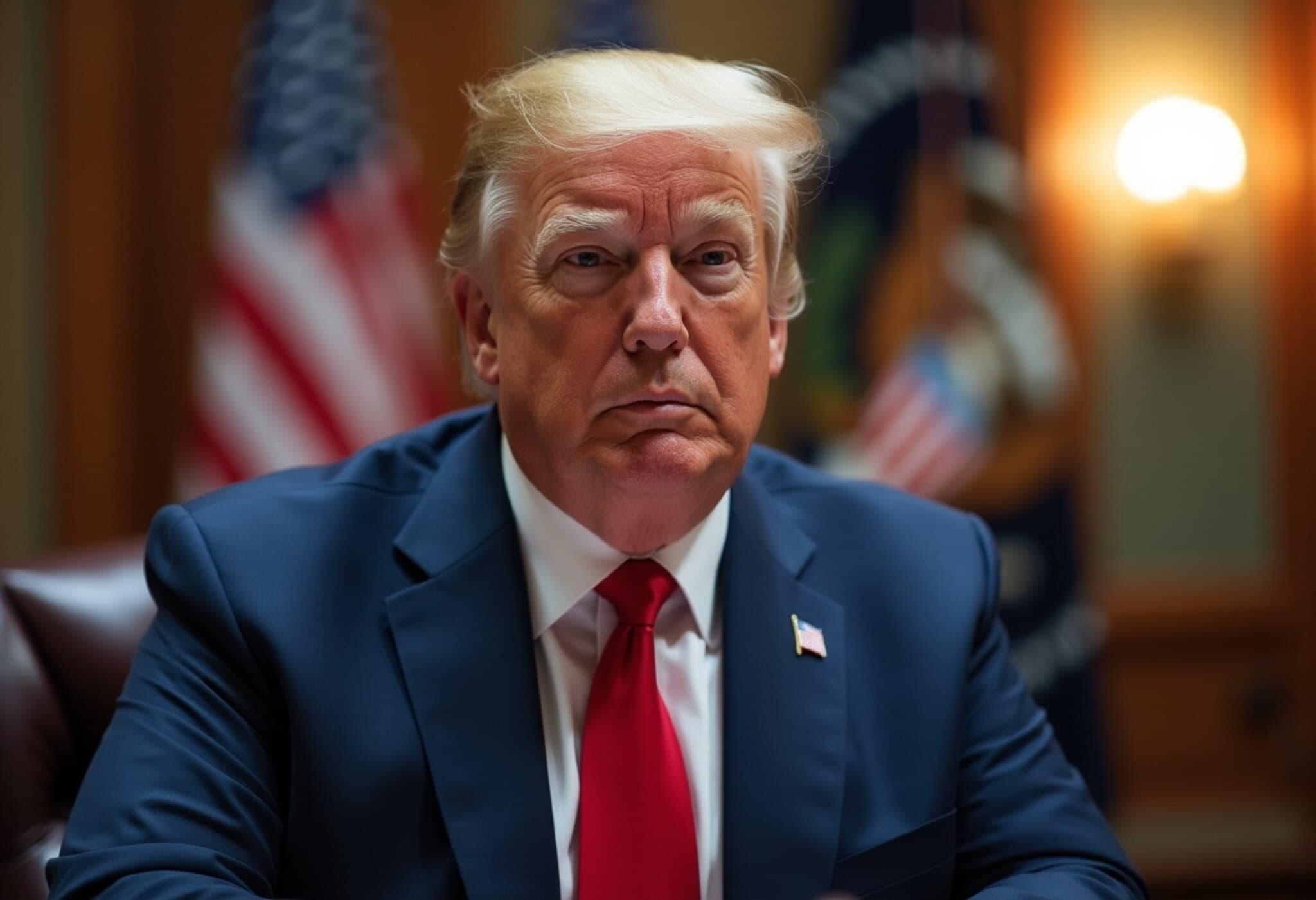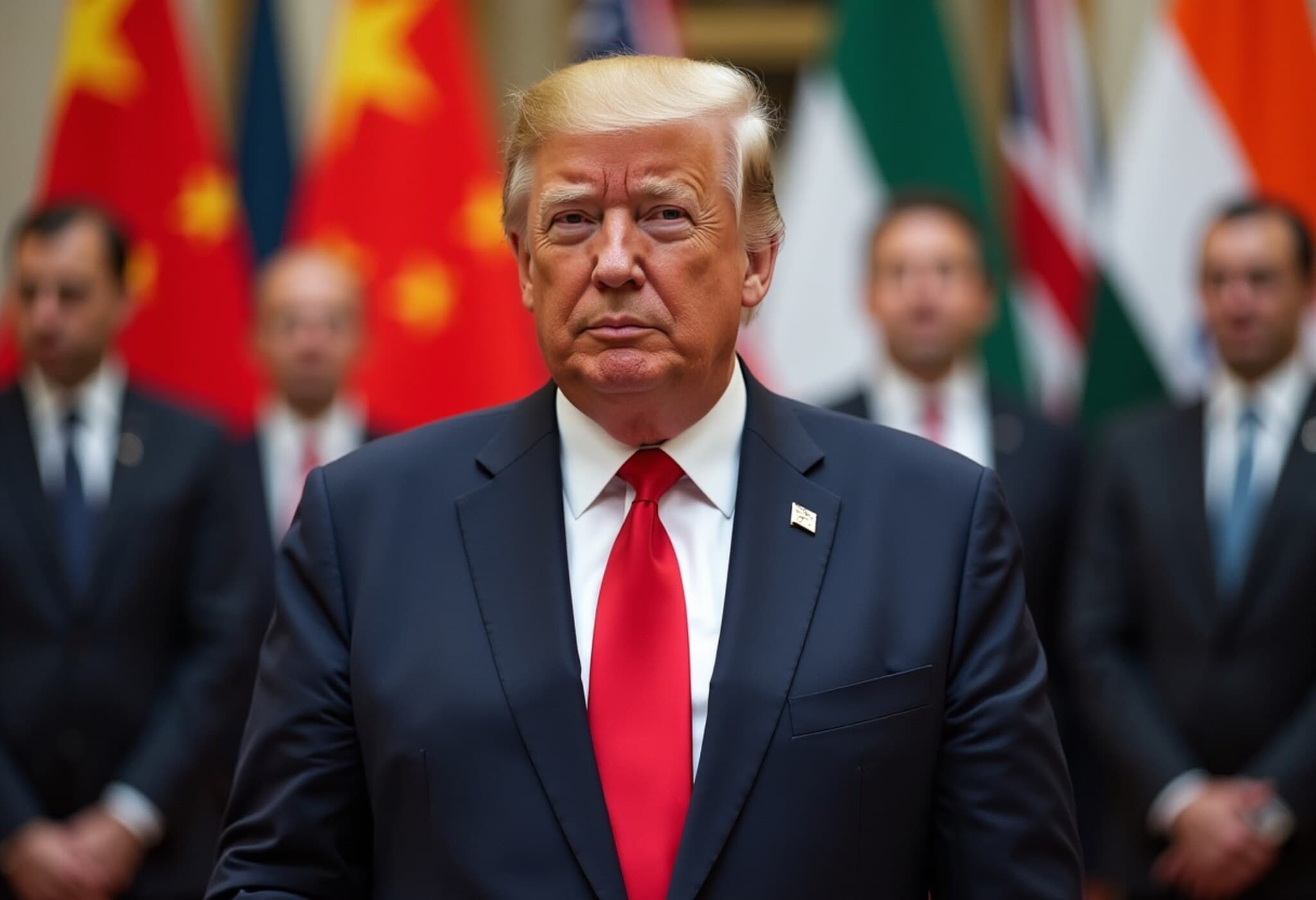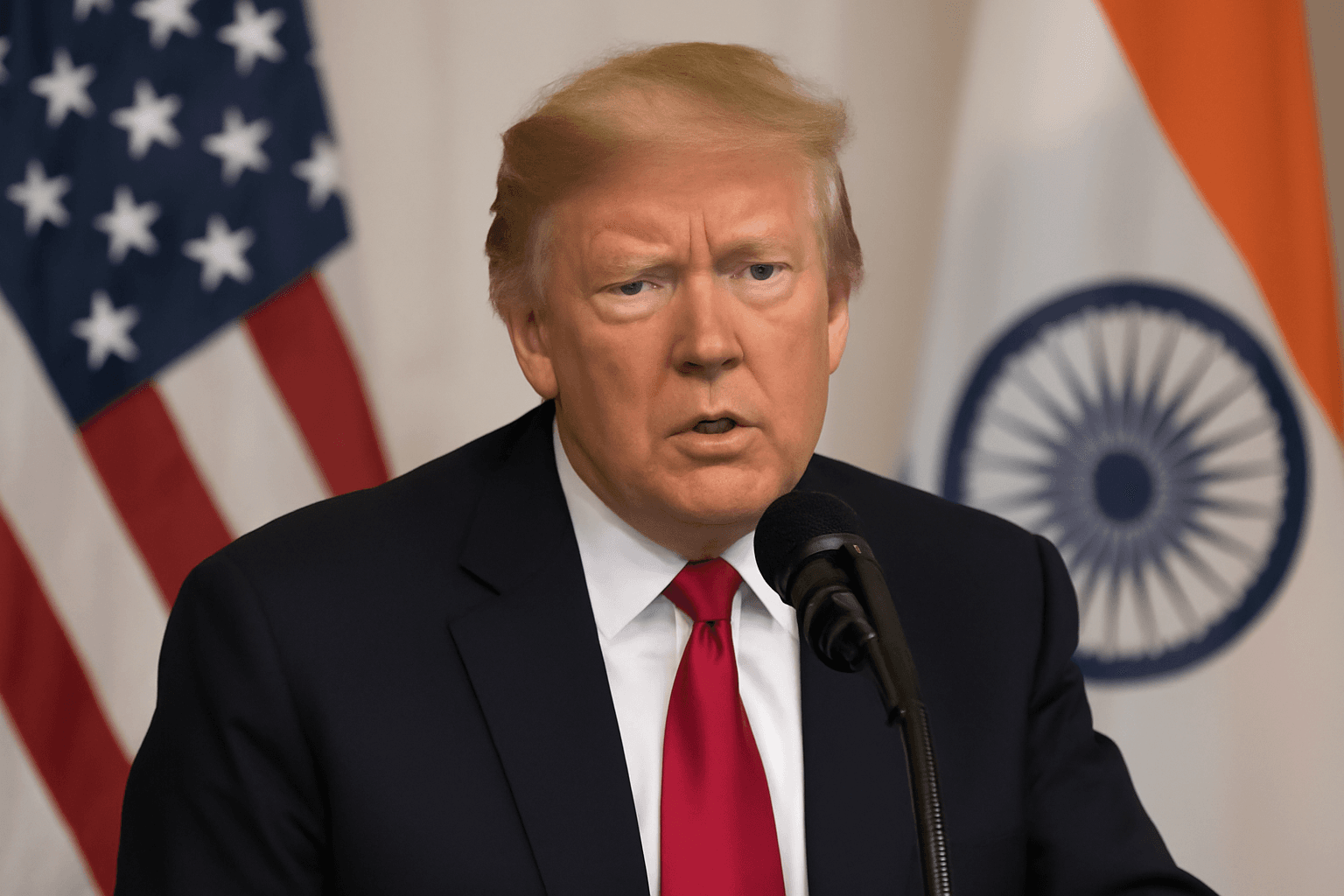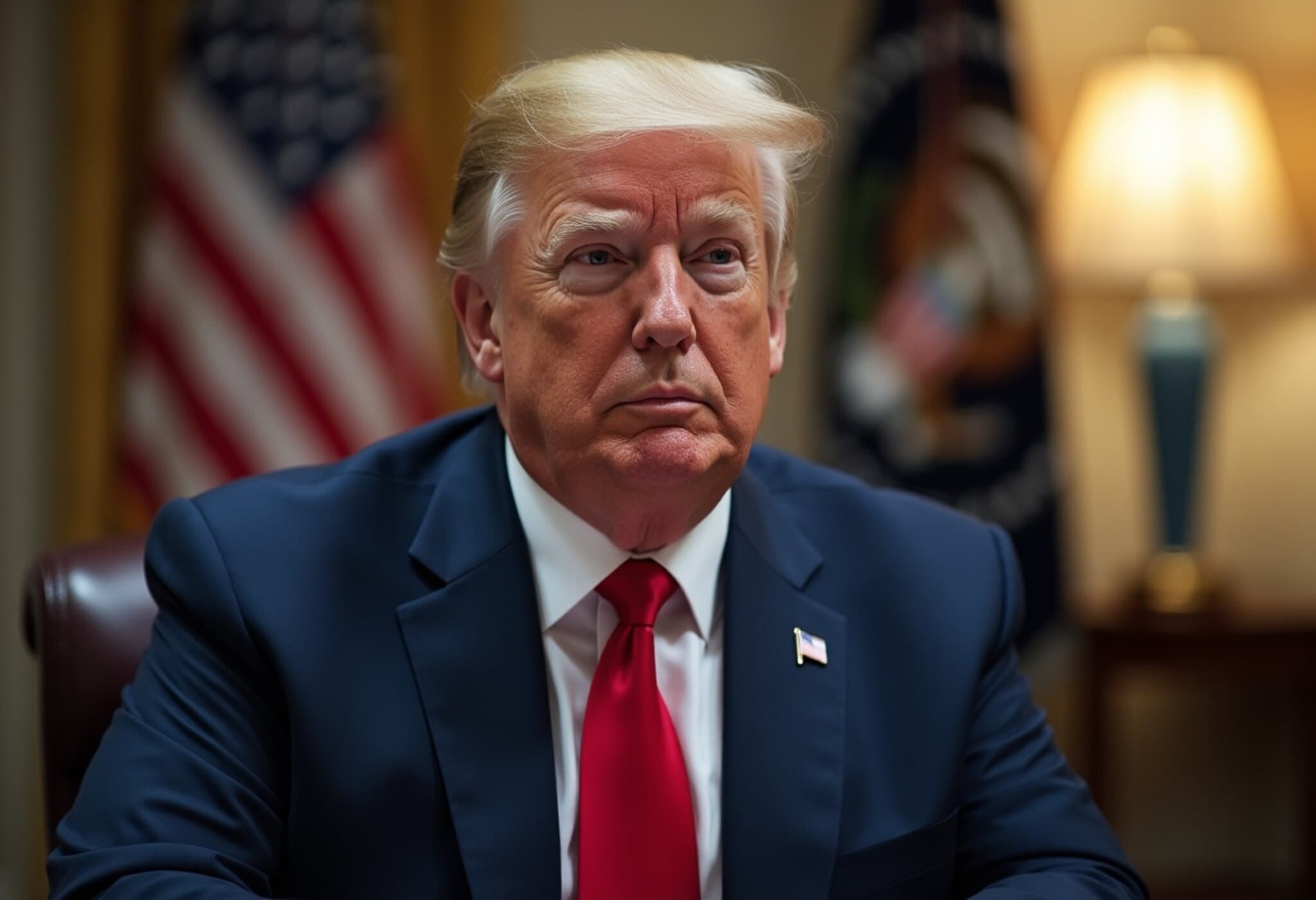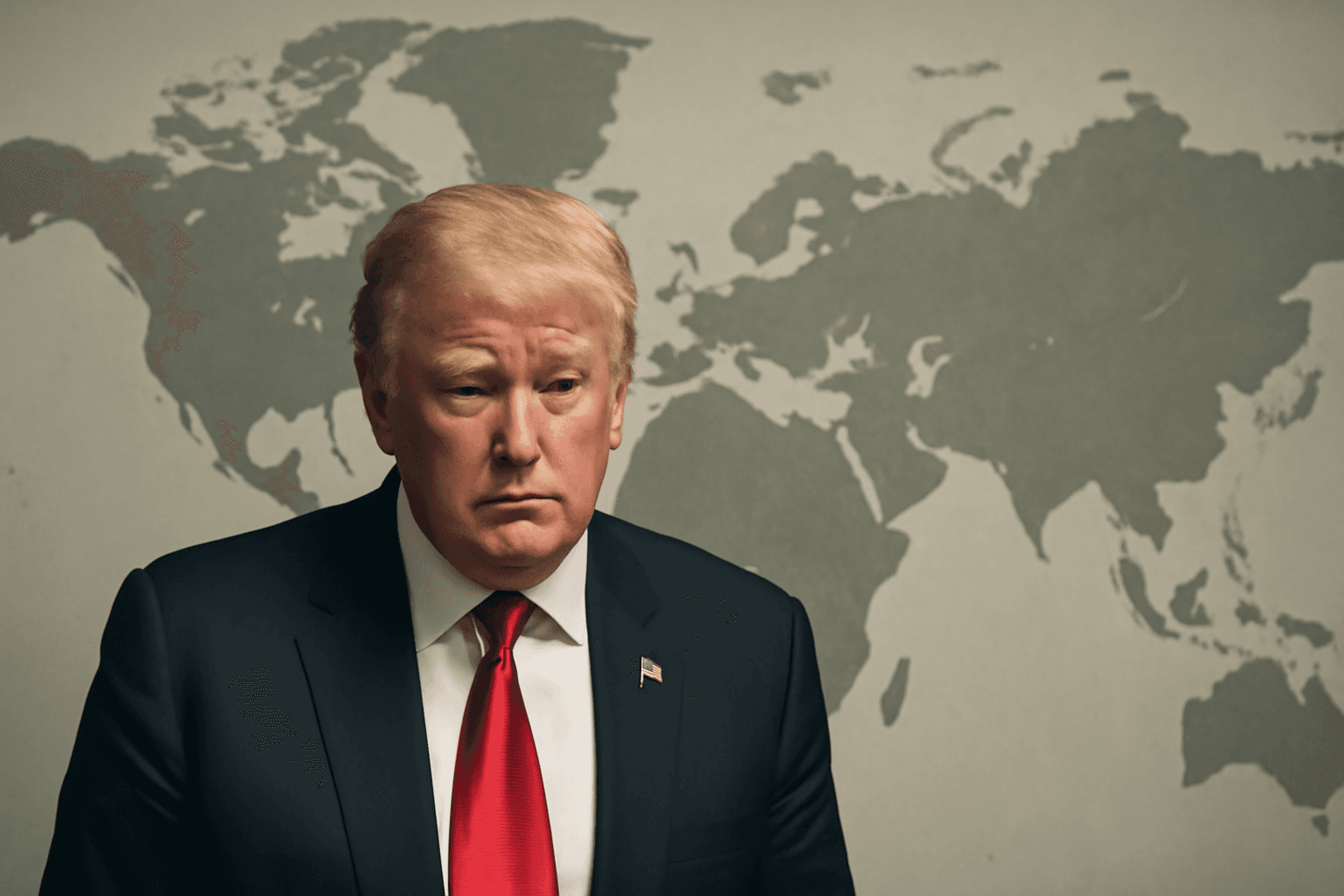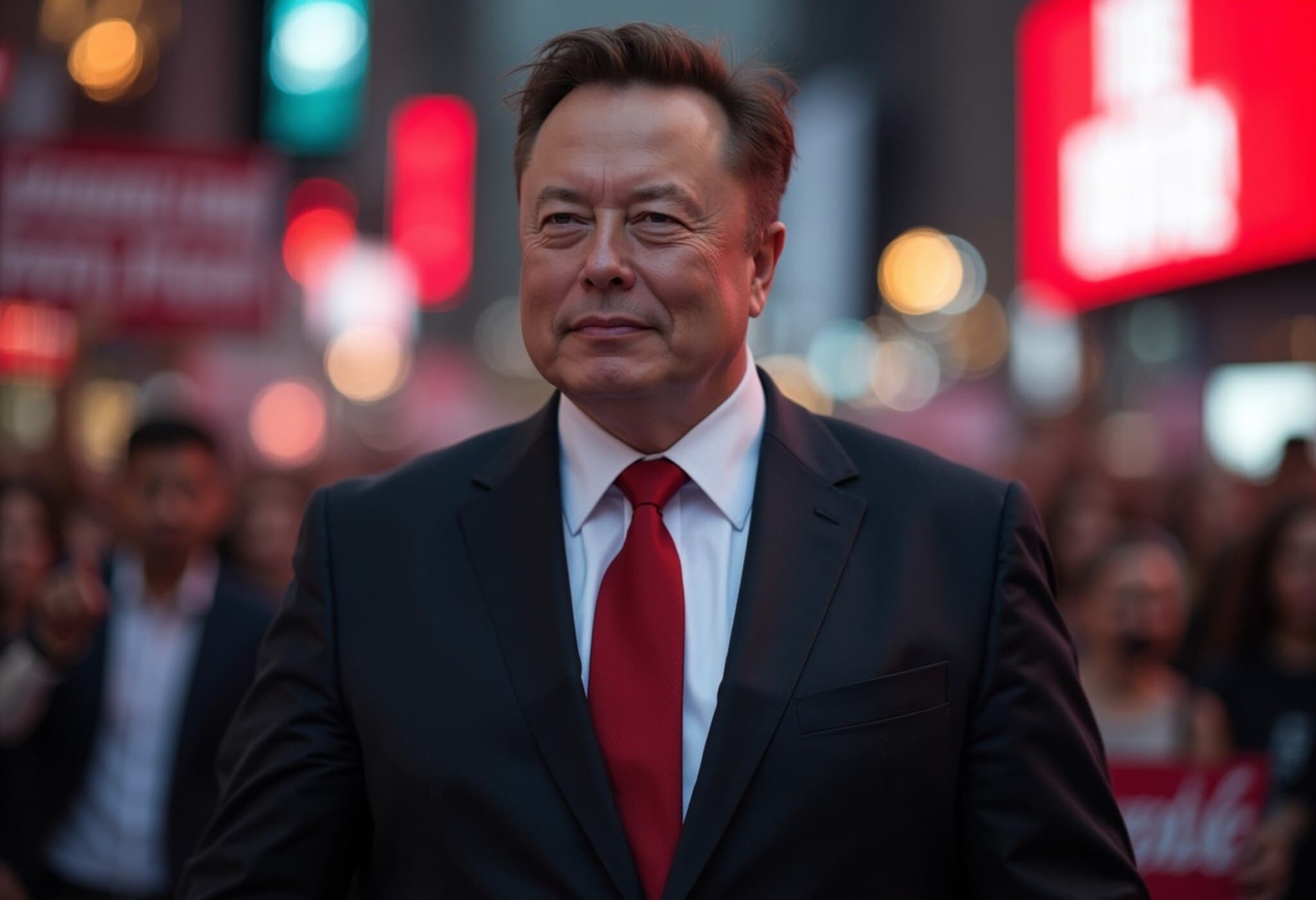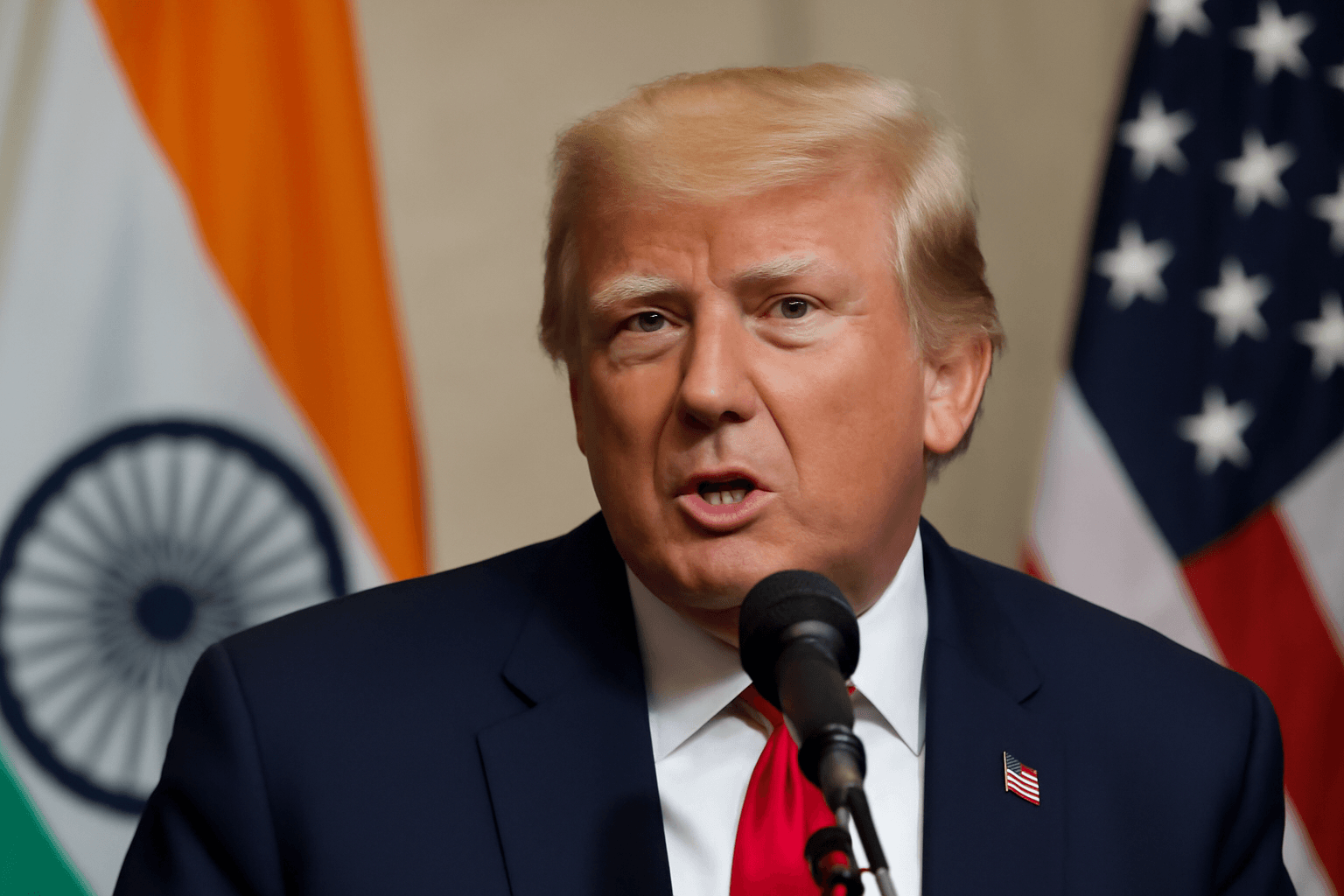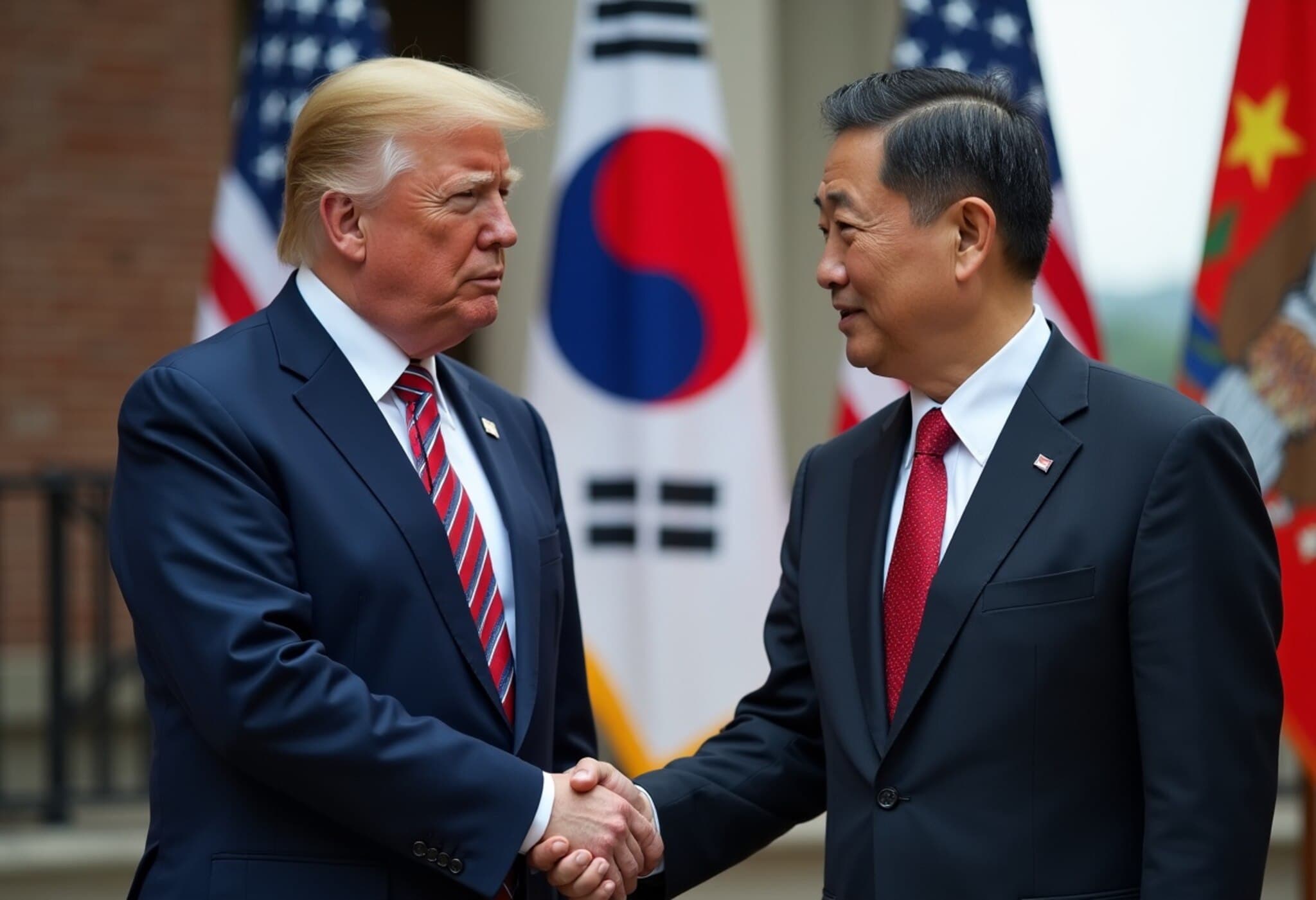Trump Opens Door to U.S.-India Trade Negotiations Despite Steep Tariffs
In a recent White House press briefing, former U.S. President Donald Trump indicated that Washington and New Delhi are engaged in preliminary trade discussions, following his administration's announcement of a 25% tariff and additional penalties on Indian imports. Trump remarked, "We are negotiating, and we’ll see what happens," hinting at the possibility of a trade agreement in the near future despite current tensions.
Trump Highlights India's High Tariffs and Trade Deficit Concerns
During the press conference, Trump attributed the strained trade relations primarily to India’s high import tariffs, which he described as among the highest globally. He cited figures suggesting Indian tariffs exceeded 175% in some sectors, creating significant barriers for American products entering the Indian market.
"India was the highest or just about the highest tariff nation in the world," Trump noted. He added that the United States suffers from a "tremendous" trade deficit with India, as the flow of goods is heavily imbalanced — India exports significantly to the U.S., but American purchases in India remain minimal.
Criticism of BRICS: An Economic Bloc ‘Against U.S. Interests’
Trump took aim at the BRICS alliance — consisting of Brazil, Russia, India, China, and South Africa — labeling it as a coalition working counter to American economic influence. "They have BRICS, which is basically a group of countries that are anti-United States," Trump stated, specifically calling out India’s membership as surprising.
He further accused the BRICS countries of attempting to undermine the U.S. dollar’s global dominance, framing their cooperative economic strategies as direct challenges to American financial power. "It’s an attack on the dollar, and we’re not going to let anybody attack the dollar," he emphasized.
Balancing Personal Ties with Economic Realities
While Trump described Indian Prime Minister Narendra Modi as a "friend," he expressed clear frustration over the current trade imbalance. "They sell a lot to us, but we don’t buy from them because the tariff is so high," Trump said, highlighting that India has now expressed willingness to reduce these tariffs substantially. However, he tempered expectations by stating, "It doesn’t matter too much whether we have a deal or whether we charge them a certain tariff."
Geopolitical Undertones: Energy Ties with Russia and Tariff Justifications
Earlier, Trump used his social media platform Truth Social to justify the new tariffs, pointing to India’s ongoing energy purchases from Russia amid the Ukraine conflict. He criticized India for maintaining strong energy and military procurement ties with Moscow, despite global pressure to limit such relationships due to the war in Ukraine. "India will therefore be paying a tariff of 25%, plus a penalty for the above, starting on August 1st," Trump announced.
India’s Response: Commitment to Dialogue and Domestic Protection
The Indian government quickly responded to the tariff announcement, reaffirming its intent to pursue a fair and balanced trade agreement through ongoing negotiations. New Delhi also stressed its dedication to protecting local farmers, entrepreneurs, and small- and medium-sized enterprises (MSMEs), signaling a willingness to defend its economic interests robustly in the face of these new trade barriers.
Expert Commentary and Contextual Insights
The imposition of a 25% tariff by the U.S. marks a significant escalation in trade tensions between two of the world’s largest democracies and fastest-growing economies. From a policy standpoint, this move reflects a broader U.S. concern over trade imbalances and the protection of domestic industries, a recurring theme in American trade policy over the past decade.
Yet, the friction also spotlights deeper geopolitical dynamics. India’s strategic partnership with Russia, especially in defense and energy, complicates its ties with the U.S., particularly amid heightened global focus on the Russia-Ukraine conflict. India’s membership in BRICS and the group’s agenda to challenge Western financial hegemonies symbolize a shifting global order where emerging economies seek to assert greater independence.
For American policymakers and businesses, the challenge lies in balancing the desire to open Indian markets with the need to maintain strategic alliances in a multipolar world. Trade negotiations will not only hinge on tariff adjustments but also on aligning broader geopolitical interests.
Underreported Dimensions
- U.S. Farmer and MSME Impact: The tariffs could impact American agricultural exporters and small manufacturers who rely on stable access to Indian markets, a nuance often overshadowed by headline deficit numbers.
- Indian Domestic Politics: India’s firm stance on tariffs reflects political imperatives to protect key domestic industries and rural communities, which play critical roles in electoral politics.
- Global Supply Chains: The tariffs may accelerate shifts in global supply chains as companies reevaluate sourcing strategies amid rising trade barriers.
Looking Ahead
As negotiations proceed, the world watches closely to see if the U.S. and India can bridge their economic differences without fracturing a critical geopolitical partnership. Successful dialogue could set a precedent for engaging emerging economies while managing the complexities of competing strategic interests. Conversely, prolonged tensions risk disrupting trade flows and diplomatic rapport.
Editor’s Note
While the headline focus is on tariffs and trade deficits, the broader narrative here is about how the evolving U.S.-India relationship navigates trade, geopolitical alliances, and global economic shifts. As both nations juggle internal and external pressures, the trade talks may well serve as a litmus test for cooperation in a new international order. Readers should watch not only tariff rates but also the interplay of strategic diplomacy behind the scenes.


